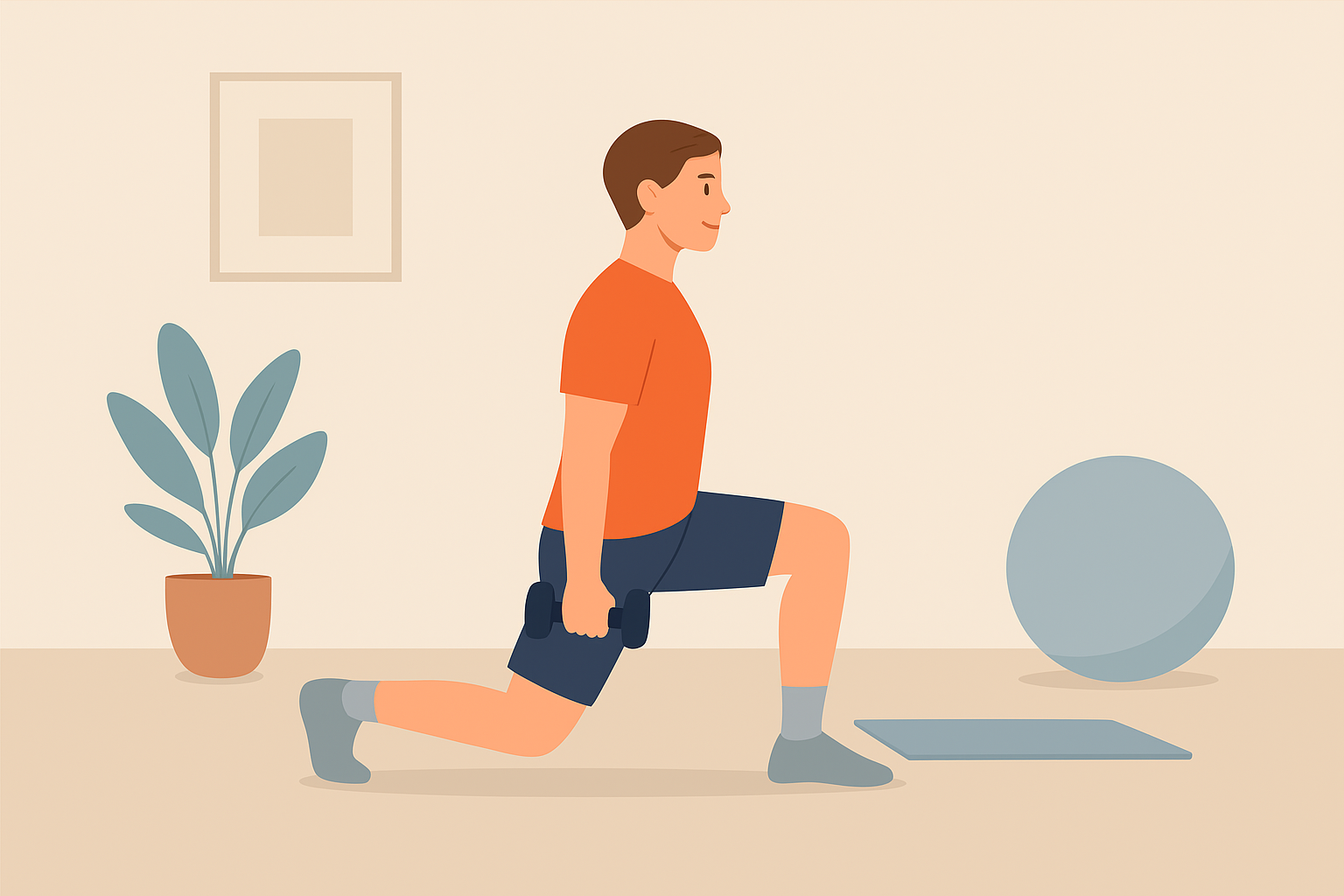Recovering from a knee injury can feel like starting over. Whether you tore a ligament, strained a muscle, or went through surgery, returning to exercise requires more than just motivation — it requires a safe, structured approach. Jumping back in too quickly can risk re-injury, while waiting too long may slow your recovery and weaken supporting muscles.
If you’re wondering how to start working out again after a knee injury, this guide will walk you through expert-backed, practical steps to rebuild strength, mobility, and confidence in your workouts.
Why Knee Injuries Need Special Care
Knees are one of the most complex and stressed joints in the body. They carry your weight, stabilize movement, and absorb impact in almost every activity. A past injury can leave them vulnerable, especially if surrounding muscles (like the quadriceps, hamstrings, and glutes) are weak.
This is why doctors, physical therapists, and athletic trainers emphasize gradual progress, muscle balance, and proper form when returning to exercise. Unlike other injuries, pushing too hard on a knee too soon can undo months of recovery.
Step 1: Get Medical Clearance First
Before lacing up your trainers, consult your doctor or physiotherapist. They’ll confirm whether your knee is ready for workouts and may provide personalized restrictions.
- Ask specific questions, like: “Am I cleared for weight-bearing exercise?” or “What movements should I avoid?”
- If you had surgery, your doctor may recommend a phased return — starting with physical therapy, then low-impact activity, before resuming higher-intensity training.
Step 2: Begin with Low-Impact Movements
Your first workouts after a knee injury should reduce stress on the joint while gently rebuilding mobility and endurance. Great low-impact options include:
- Walking on flat surfaces (start short, then increase distance)
- Stationary cycling (adjust seat height to avoid deep bends)
- Elliptical training (fluid motion reduces joint impact)
- Swimming or aqua therapy (water reduces pressure, supports joints)
These activities maintain cardiovascular fitness without putting excess strain on your knee.
Step 3: Focus on Mobility and Flexibility
Before rebuilding strength, you need mobility. Tight muscles around the knee can pull unevenly on the joint. Daily stretching can help:
- Hamstring stretch (lying or seated)
- Quadriceps stretch (standing or side-lying)
- Calf stretch (against a wall)
- Hip flexor stretch (kneeling lunge)
Gentle mobility drills like leg swings or heel slides are also useful for reactivating the joint’s natural range of motion.
Step 4: Rebuild Strength Gradually
Strength training is key for long-term recovery. Strong muscles support and stabilize the knee, taking pressure off the joint. Start bodyweight-only, then slowly add resistance:
- Glute bridges (targets glutes + hamstrings)
- Clamshells (strengthens hip stabilizers)
- Mini squats or wall sits (light quad activation without deep bend)
- Step-ups (on a low platform, progress gradually)
- Leg raises (straight or side-lying)
Progression tip: Only increase weight or reps if you can perform movements pain-free with proper form.
Step 5: Avoid High-Risk Movements (At First)
Not all exercises are knee-friendly early on. Skip or limit:
- Deep squats or lunges
- Jumping/plyometrics
- Running on hard surfaces
- Twisting movements (basketball, football drills)
These can overload healing tissues. Once your knee regains full strength and stability, you may reintroduce them under professional guidance.
Step 6: Listen to Your Body
Pain is your best signal. Muscle soreness is normal, but sharp or lingering knee pain means you’re doing too much too soon. Signs you need to scale back:
- Swelling after workouts
- Knee “giving way” or buckling
- Stiffness that worsens over time
Keeping a workout journal can help you track progress and notice patterns.
Step 7: Support Recovery Outside the Gym
Your lifestyle also impacts how well your knee heals and adapts:
- Ice or compress if swelling flares up
- Stay hydrated (joint tissues need fluid balance)
- Fuel with protein and anti-inflammatory foods like salmon, leafy greens, and berries
- Prioritize sleep, since tissue repair accelerates overnight
Step 8: Progress to Sport-Specific or Higher Intensity Training
Once cleared and strong enough, you can return to running, HIIT, or sports drills. But this should be phased:
- Start with short sessions (5–10 minutes of jogging, light agility drills).
- Add intensity gradually (intervals, cutting, sprinting).
- Always warm up thoroughly and cool down.
Athletes may benefit from functional training — like single-leg stability work or lateral agility drills — to mimic game scenarios.
Expert Tip: Work With a Professional
A physiotherapist, certified trainer, or sports rehab specialist can provide customized progressions. Even a few guided sessions can help correct form, prevent compensation patterns, and rebuild confidence in your knee.
Final Thoughts
Learning how to start working out again after a knee injury isn’t just about regaining fitness — it’s about protecting your future mobility. By starting with low-impact exercises, focusing on mobility and strength, and listening to your body, you’ll return stronger, more balanced, and with reduced risk of re-injury.
Remember: slow is fast when it comes to recovery. Stay patient, stay consistent, and your knee will thank you.












